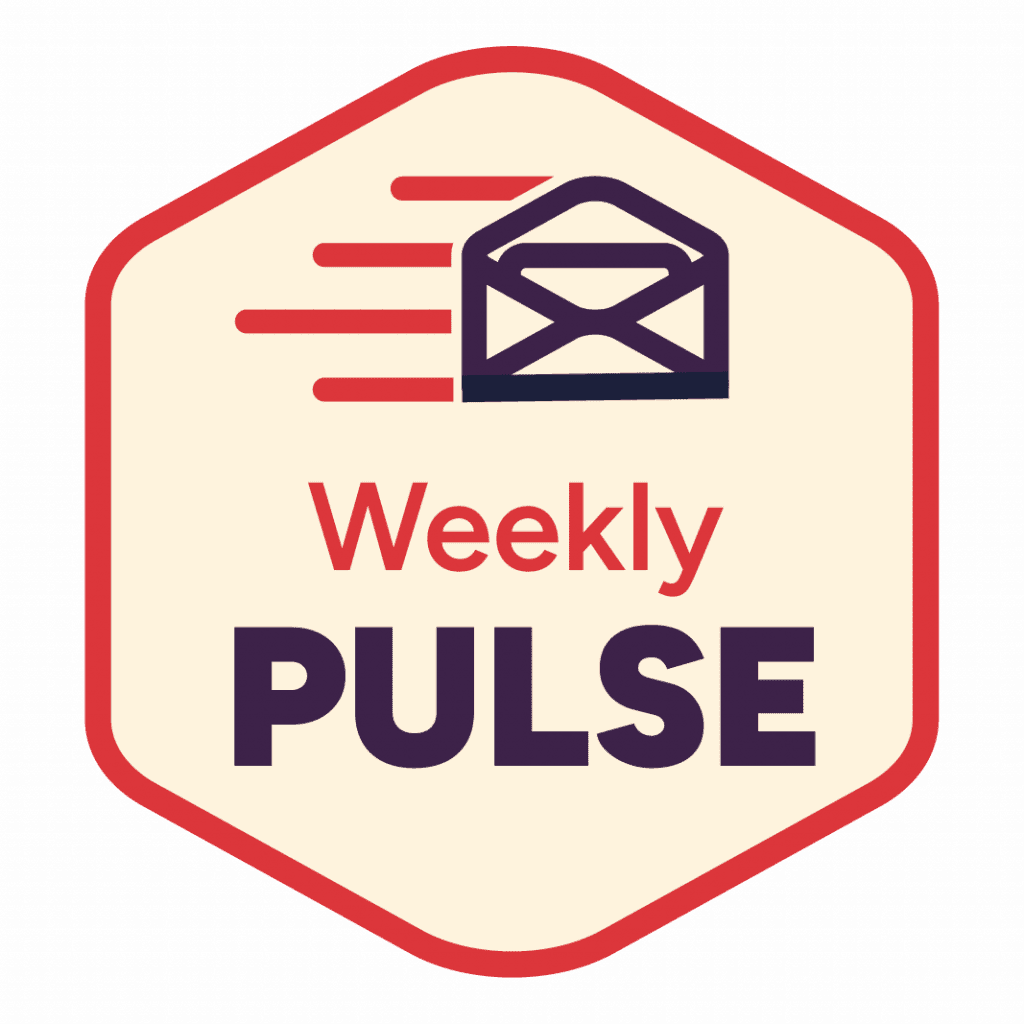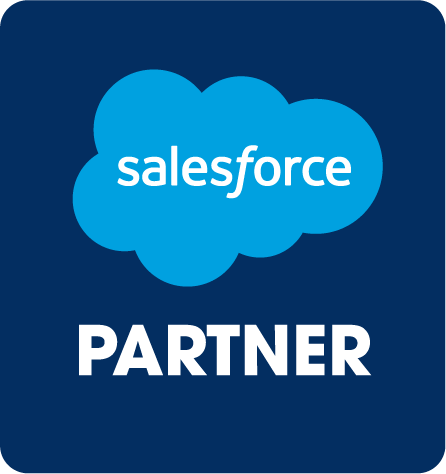
When surveying organizations from across the Salesforce ecosystem in Mason Frank’s Career and Hiring Guide, one third of employers told us that an increased competition for talent was one of their top staffing challenges over the next twelve months. A further fifth listed challenges around talent retention, while 69% of organizations impacted by the skills gap are witnessing increased employee turnover.
When surveying Salesforce professionals for the same guide (which you can check out in its entirety for free here, by the way), over a quarter told us that they’d be enticed into a new role by a better company culture, with 30% of professionals who took a pay cut when moving roles doing so for a better working environment.
It’s clear that employers are grappling with talent attraction and retention in a market where specialized technical skills are scarce and demand is high. So what can organizations do to stand out from their competition and position themselves as a desirable employer to the ecosystem’s top talent?
Improve your employer brand.
Your employer brand is the heart and soul of your employee experience, and as such, can be one of the most effective talent attraction and retention tools at your disposal. It encompasses everything from your company culture and employee engagement to leadership style and employee value proposition (EVP).
Or in far simpler terms: your employer brand means your reputation as an employer among both employees and the wider workforce.
Yikes, that suddenly sounds quite intimidating! But fear not—we’ve drafted in an expert for a helping hand.
After Fluido were named global winners of Best Salesforce Partner To Work For at the Digital Revolution Awards 2024, we sat down with Chief People Officer, Pauliina Löytty, to find out how to foster a positive company culture and build an employer brand that attracts top talent.
Pauliina holds a BSc in Psychology and an MBA, bringing a unique blend of insights to her career in the IT industry. As one of the first employees at Fluido, she has a strong background in technical consulting. Pauliina is a certified Salesforce professional and has served as a Master Instructor for Salesforce training. Currently she is an advocate for spreading awareness on the importance of Company Culture and employee experience and has transitioned to a People and Culture role at Fluido.
Find a summary of Pauliina’s invaluable insights for each question below, or just play the video to hear her unmissable tips first-hand!
Mason Frank's Salesforce
Careers and Hiring Guide
How effective is a positive employer brand at attracting and retaining talent, and what impact does this have on your organization?
The obvious answer is it’s huge—but that’s because it really is.
Job interviews are a two-way street, so a company should also be selling themselves to the interviewee at this stage. As a potential employer, not only are we looking for people to join our team, but we’re also hoping that the candidates we talk to want to join our team.
Remember that they don’t have much to go off other than our brand, what we have on our website, or things that they’ve heard around the grapevine and so forth. So it’s really important to build an employer brand that can communicate this, especially with professionals who have many offers on the table.
All the hard things like salaries and perks are obviously important as well, but I’m seeing this sort of thing come up more and more in the conversations we have with potential employees.
What leadership styles prove most effective at driving not just productivity and performance but also satisfaction and wellbeing among your team?
Our organization is filled with experts, so everybody knows what they’re doing and is highly skilled in what they do. I always say a true mark of an expert organization is one that shares information and takes care of each other.
So therefore, an authoritarian leadership style doesn’t work for us. The most effective way that we lead the company is with knowledge. Authenticity is important too—being authentic with our messaging and the interactions that we have with our teams.
It’s also important that our team understands the strategy. Employees want to be a part of taking the company from A to B, so that means they also need to understand the strategy—where we’re going, why we’re doing that, what methods we’re using, the obstacles we’re facing, how we’re measuring and so forth.
Then one really big element is a coaching approach. We have leadership training for our team leads around a coaching way of leadership. At an expert organization like ours, your team members might be much more skilled in certain technologies than you are, for example—these scenarios require more of a leading by coaching approach.
What are the most effective methods to engage employees around your organization's mission statement and objectives?
It’s easy to say that you should involve everyone in the strategy, but in reality, it’s sometimes a little bit difficult. We haven’t always done a great job with it, but we’ve really wanted to step up as a management team to actually pull it off.
And one of the biggest parts of it is communication, and then having the strategy trickle down from the top towards all of the individual teams and individual team members. So every single developer knows what they should be focusing on.
For example, we have AI as one of our strategic choices and pillars we’re focusing on. We make sure that this is communicated to everyone in the company so that they know this is an important thing that they should also focus on in their every day.
It requires communication and listening to the organization, and then clearly communicating those targets and KPI’s and the strategic choices that we have made.
How do you ensure successful communication and collaboration across a global team, and how have these strategies evolved over the past five years?
We’ve got a lot of employees from different countries, so communication and focusing on how we do it is really, really important. We have found it difficult at times because we’re geographically widely spread and culturally widely spread.
For example, it’s showing the respect to understand that English is not everybody’s first language, and we don’t always know the little nuances of speaking and so forth. So it’s a combination of some communication training and awareness around this, but also trying to keep it clear, simple and clean with the communication.
Then just technology. We actually have a policy that webcams should be on at all times, because sometimes you need a little bit of body language to help communicate that you’re understanding the message that you’re getting. This sounds small and simple, but it’s a very important bit.
Then we encourage people to get together as much as they can to talk outside of business conversations. When you know somebody, that promotes the culture around respect and the diversity that we have, and also opens up different channels of communication.
So it’s making sure that people get the message, but also considering how it’s given. So whether it’s in Slack or one of our town hall meetings, we need to pay close attention to how it’s communicated, and repeated again in teams, and so on. And this has evolved as the company grows, showing that we need to be agile enough to quickly to change the communication if it was not first understood.
You can find out more about Fluido on their website. Don’t miss out on Pauliina’s comments in Mason Frank’s Careers and Hiring Guide on the non-negotiables of a positive company culture—you can check it out here.


